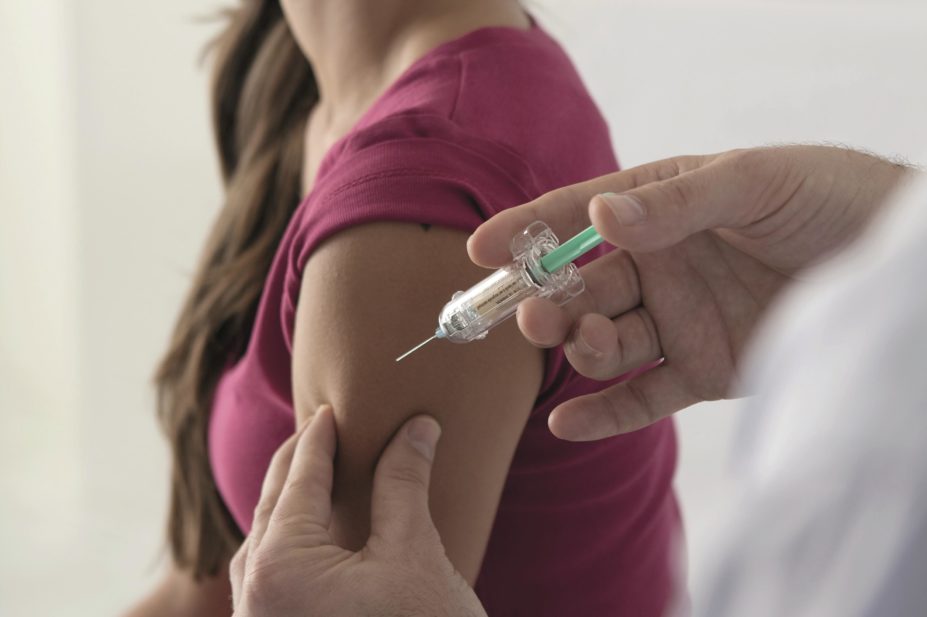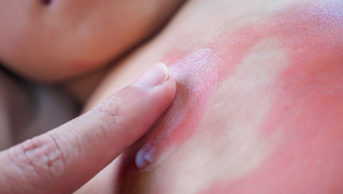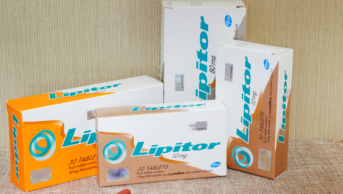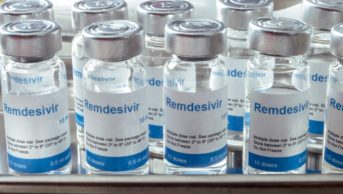
Shutterstock.com
There is no evidence to suggest that the human papillomavirus (HPV) vaccine causes two syndromes in young women, the European Medicines Agency (EMA) has concluded in a safety review.
A detailed scientific review of available data did not support a causal link between the vaccines — Cervarix, Gardasil/Silgard and Gardasil-9 — and the development of either complex regional pain syndrome (CRPS) or postural orthostatic tachycardia syndrome (POTS) in women recipients, it said on 5 November 2015.
CRPS is a chronic pain syndrome affecting a limb, while POTS causes the heart rate to increase abnormally when the patient sits or stands up, as well as inducing other symptoms, such as dizziness, weakness, headache, aches and fatigue. POTS can severely affect quality of life.
The EMA says the syndromes occur in the general population, including in adolescents, regardless of vaccination.
Symptoms of the two syndromes may overlap with other conditions, it says, making diagnosis difficult in both the general population and in those who have been vaccinated. Current estimates suggest that around 150 girls and young women per million aged 10–19 years may develop CRPS each year, and at least 150 women per million may develop POTS.
The review by the agency’s Pharmacovigilance Risk Assessment Committee (PRAC) found no evidence that overall rates of the two syndromes in vaccinated girls were different from expected rates in these age groups, even considering possible underreporting. The review noted that some symptoms of the two syndromes may overlap with myalgic encephalomyelitis, often known as chronic fatigue syndrome.
More than 80 million girls and women worldwide have received HPV vaccines and, in some European countries, 90% of the age group recommended for the vaccine have received it. The vaccine is designed to prevent cervical cancer, which is responsible for tens of thousands of deaths in Europe annually, as well as other cancers and conditions resulting from HPV.
The PRAC’s recommendations will be passed to the EMA’s Committee for Medicinal Products for Human Use (CHMP) for the adoption of the agency’s final position. The European Commission initiated the review in July 2015 at the request of Denmark.
The European Union authorised the use of the first HPV vaccine, Gardasil, in September 2006 for use in both males and females. Sexual health charities have been calling for governments to start routine vaccination of boys as well, and campaigners were optimistic that the PRAC findings could help their cause.
“The EMA review confirms that concerns about vaccine safety need not be a barrier to extending HPV vaccination to boys,” said Peter Baker of HPV Action.
“The real safety issue is that, currently, men in the UK are left exposed to HPV infection by unvaccinated women or other men with the result that over 2,000 men a year develop an HPV-related cancer or genital warts.”
Sanofi Pasteur MSD, which manufactures Gardasil, welcomed the results of the review: “The safety of our vaccines is of the utmost importance to us; our vaccines adhere to strict procedures to assess their quality, efficacy and safety before being administered to the public.”
It added that it encourages “any rigorous, scientifically based evaluation of the safety and efficacy of vaccines in general”.


